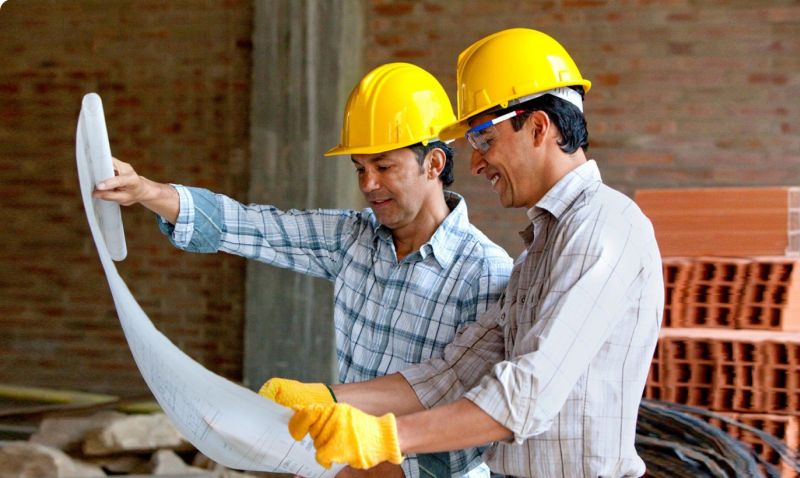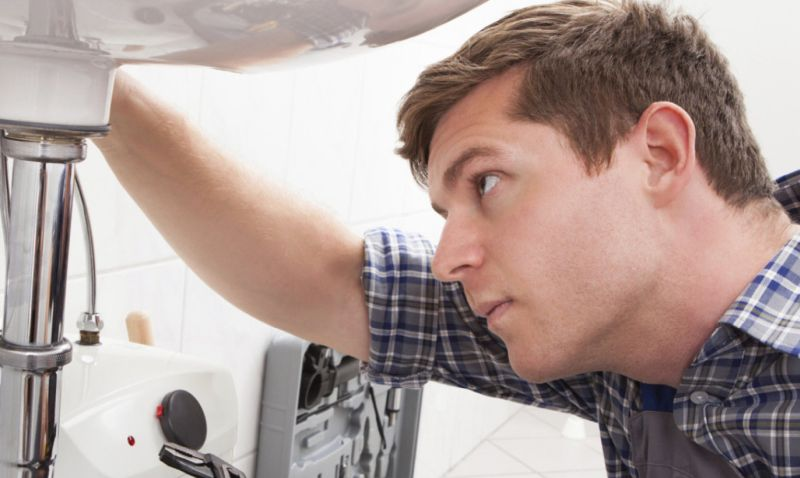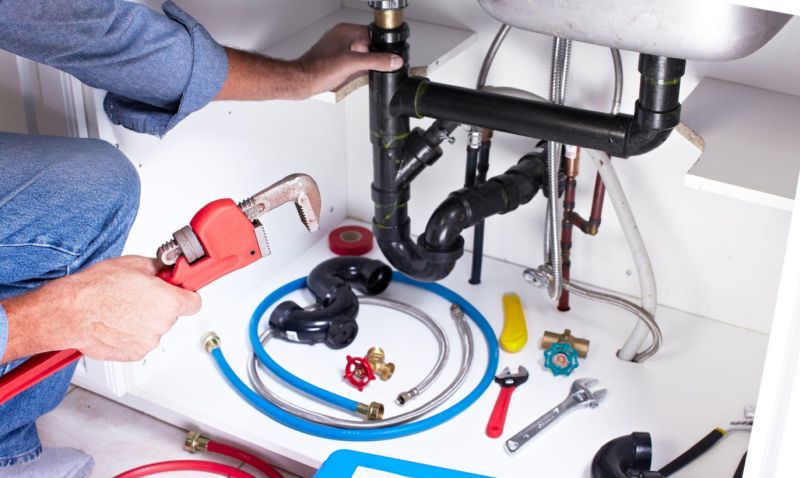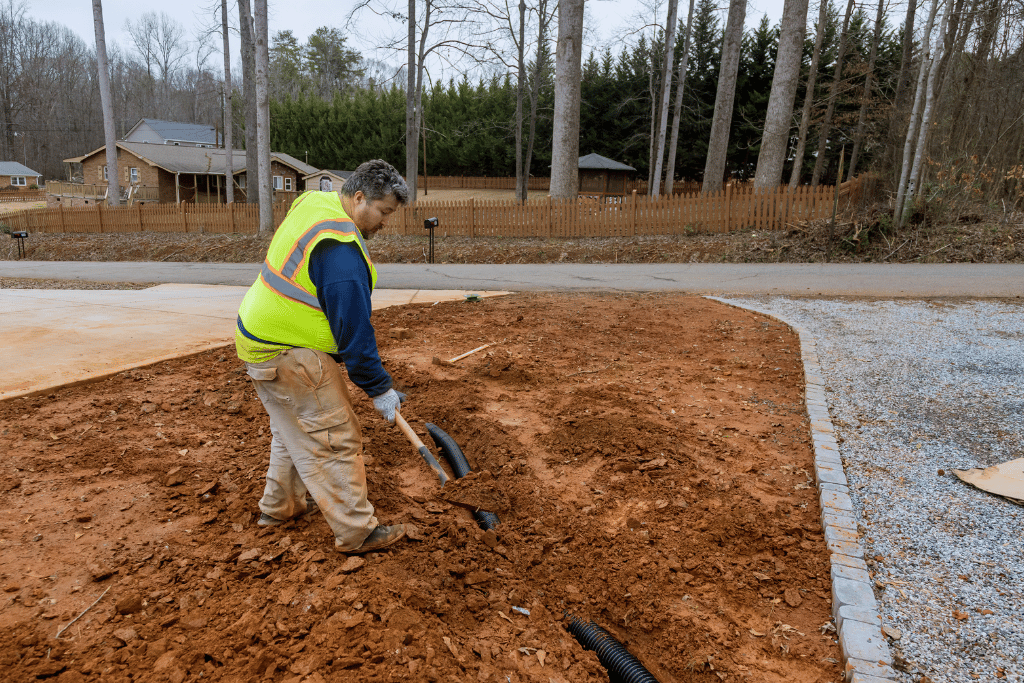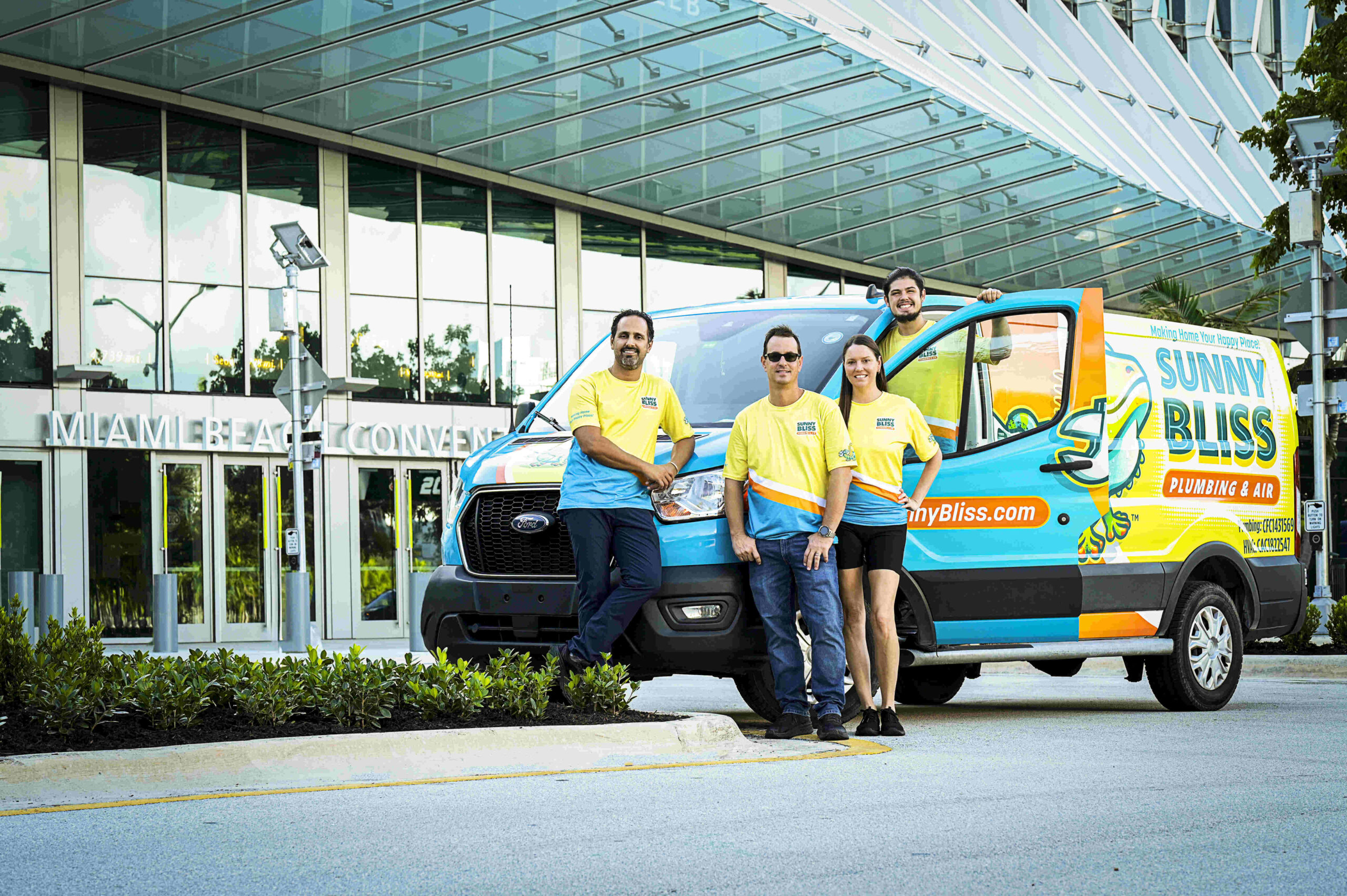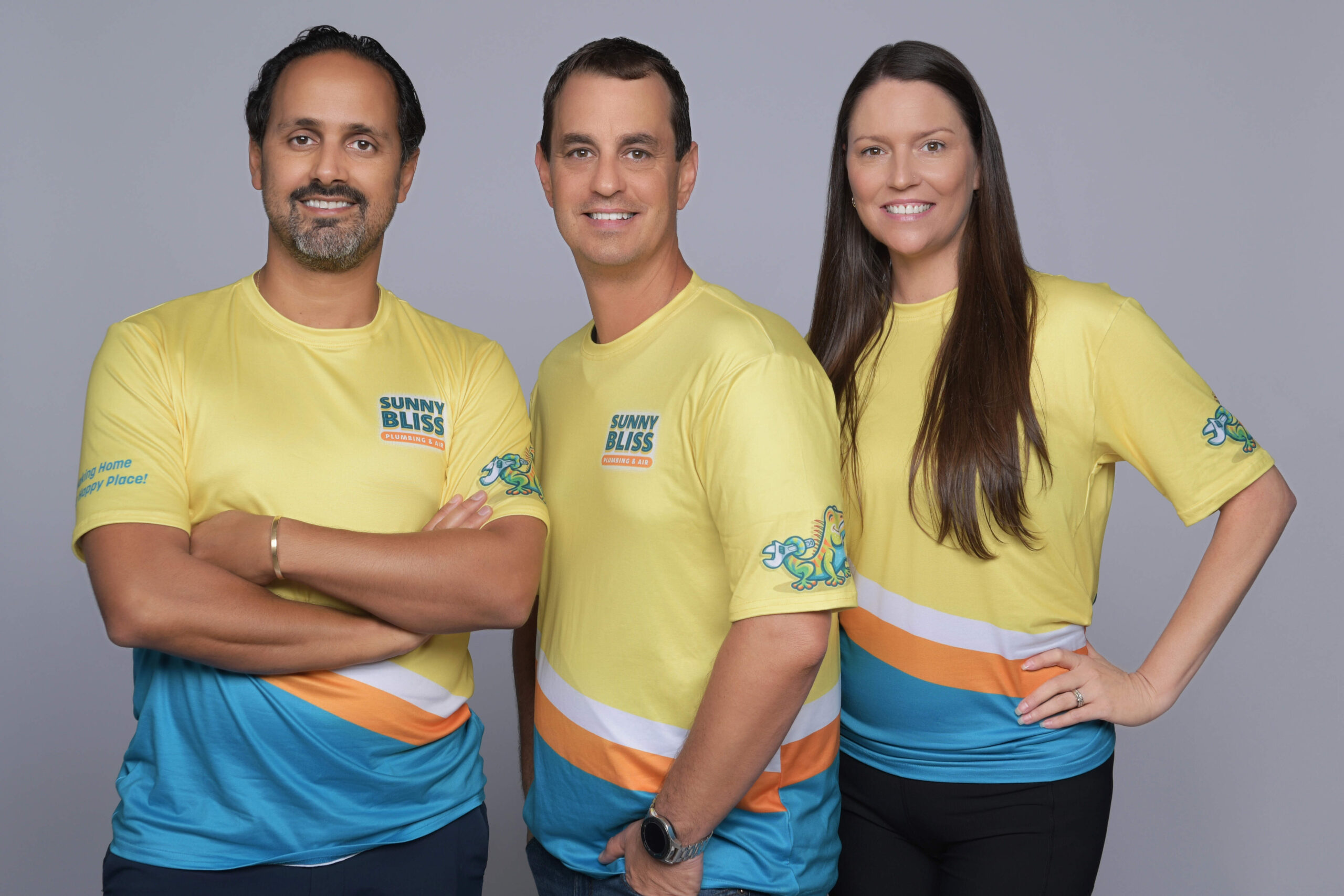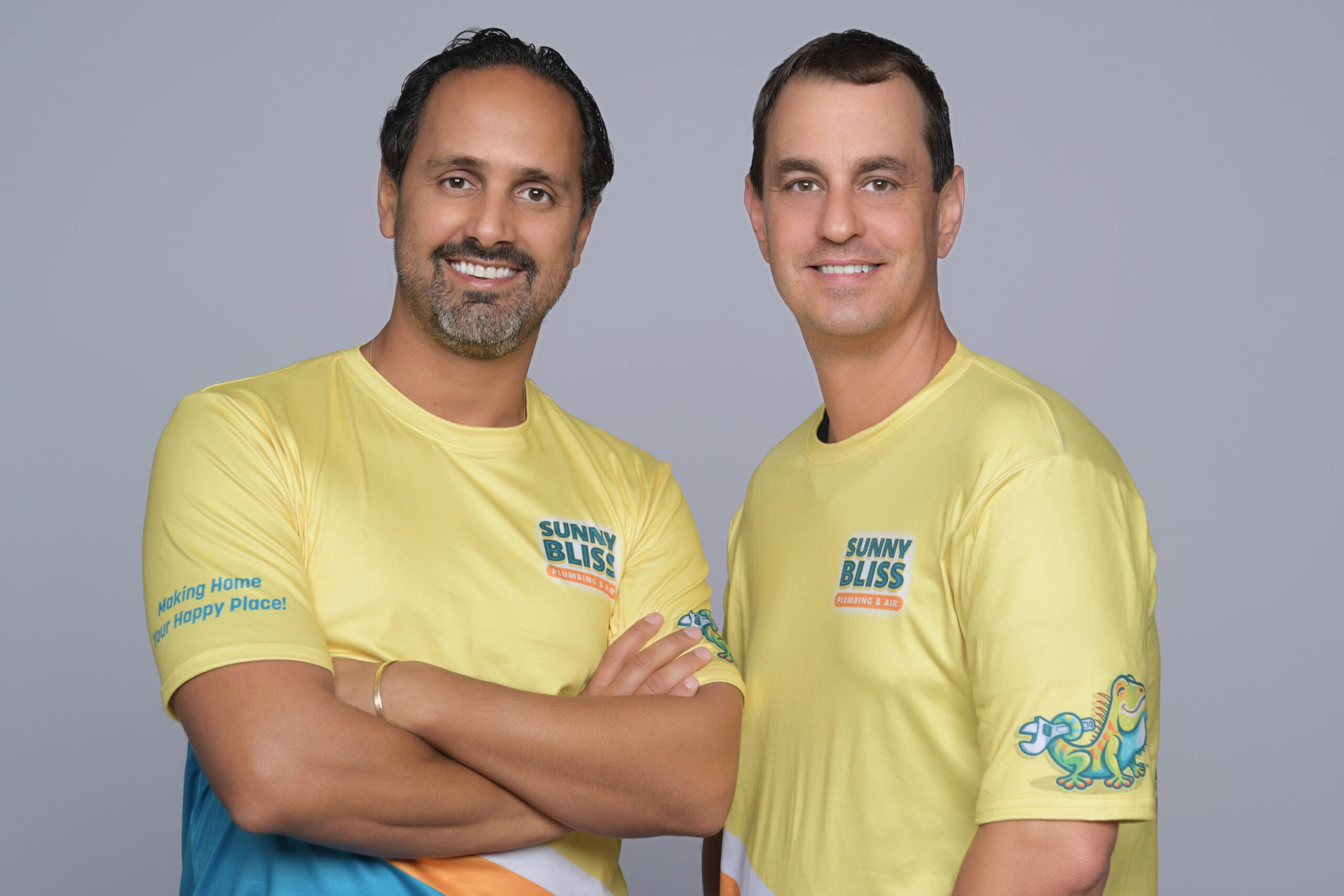What should I do if my bathroom sink has slow drainage?
Slow drainage in bathroom sinks is often caused by clogs in the P-trap or waste drain. Hair, soap scum, and other debris can build up over time. We recommend cleaning the P-trap periodically, but if that doesn’t work, we’re here to help you troubleshoot and get your sink draining smoothly again.
How do I install a pop-up drain?
Start by placing the drain body into the sinkhole, making sure the gasket is positioned underneath the sink. Apply a bead of silicone around the drain to create a watertight seal. Once the drain is seated, insert the pop-up assembly, secure it with the mounting nut, and connect the lift rod. If you want it done quickly and without the hassle, we’re happy to install your pop-up drain for you.
What is the correct direction for the slip joint nut facing?
This is crucial for a leak-free installation. The slip joint nut needs to be installed with the tapered side facing the pipe or fitting. This ensures a snug fit when you tighten the nut. If it’s facing the wrong way, you’ll end up with a leaky joint – and no one wants that!
Why do I need two slip joint nuts?
In most drain installations, you’ll use two slip joint nuts to connect sections of pipe – one on each end of the P-trap or drain pipe. They work together to secure the connections between the pipes, ensuring a tight seal. The key is to hand-tighten first and then use slip joint pliers to give it a final twist, avoiding over-tightening.
Can I install a drain for a vessel sink myself?
Yes, but there are some specifics to keep in mind. Vessel sinks are installed on top of the counter, meaning your drain pipe needs to be aligned correctly. Additionally, if you’re pairing a wall faucet with your vessel sink, the height and alignment of the drain become even more critical. We recommend leaving this to a professional to ensure your vessel sink drains properly and there’s no risk of leaks.
What is a waste drain and how does it work?
The waste drain is part of your sink’s drainage system that carries water (and waste) away from the sink and into your home’s plumbing system. It connects to the P-trap and eventually to the home’s main waste line. If your waste drain is clogged or improperly installed, you could experience slow drainage or backups, which we can help fix in no time.
How do I prevent pipe sticking when installing slip joints?
To avoid pipe sticking, make sure the pipes are properly aligned before tightening the slip joints. If you overtighten, the pipes may get stuck or compressed, leading to future leaks. A slight twisting motion as you tighten the slip joint nuts can help avoid any issues.
Can you install a drain for a wall faucet and bathroom sink combo?
Absolutely! Wall faucets paired with bathroom sinks require a precise installation to make sure water drains effectively. We’ll make sure the sink and drain are properly aligned, and that all connections – whether with slip joints or other fittings – are perfectly sealed. This way, you won’t have any annoying leaks or drainage problems.

